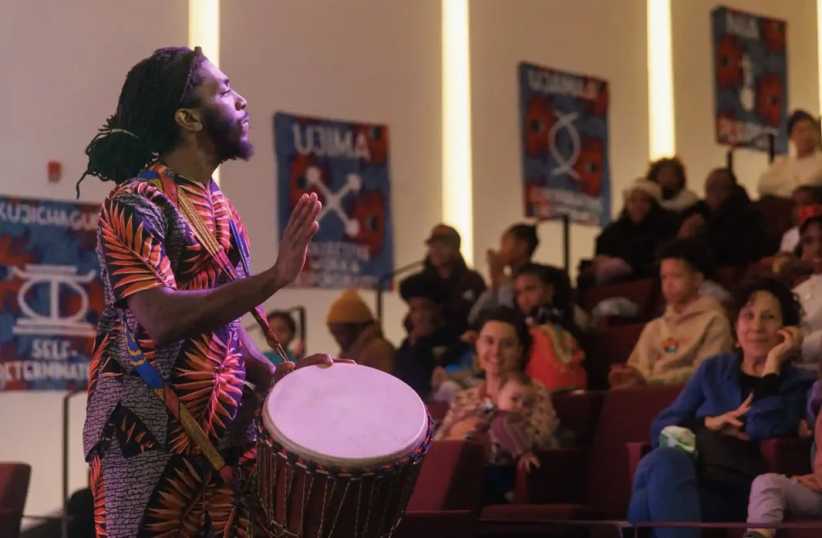In the coming weeks, messages of bicycle safety will be pasted onto city buses and taxis, in hopes that cyclists, themselves, will steer clear of such vehicles.
The LOOK Campaign, a new advertising initiative to raise awareness and encourage safety among cyclists and drivers, will feature ads on many of New York City’s public transportation vehicles, as well as phone booths, gas stations and postcards.
The campaign is one aspect of a new bicycle safety initiative undertaken by the city. Other features of the project include the increase of designated bike lanes on major roads, laws requiring companies to give free helmets to employees who use bikes at work, and the continued study and examination of bicycle safety in the city.
“We want to improve and increase biking in this city,” said Dr. Lorna Thorpe, Deputy Health Commissioner at the New York City Department of Health and Mental Hygiene (DOHMH). “It’s great for physical health, mental health, and of course the environment.”
DOHMH is just one player in the highly-collaborative initiative, which began in September of 2006 with a study conducted by DOHMH, the New York City Departments of Parks and Transportation, and the NYPD. The study examined over 3,500 bicycle-related injuries in the city - including 225 fatalities - between 1996 and 2005. The study found that virtually all cases resulted from an accident between a motorist and a cyclist in which one party was being careless or unsafe.
“That’s when we decided to implement this current safety program,” said Thorpe.
The study may never have happened without pressure from the New York City Bicycle Safety Coalition (BSC), a collection of organizations fighting to make the streets safer for riders.
Transportation Alternatives (TA), a member of BSC whose mission is to “reclaim New York City streets from automobiles and advocate for biking, walking, and public transit,” played an integral role in pushing city agencies to study bicycle safety.
“The LOOK campaign will help quite a bit,” said Noah Budnick, Deputy Director of TA, “but there’s still work to be done. Until it’s safe for people to step out of their front door and take a carefree bike ride, the work’s not done.”
All in all, Queens drivers say they support the initiative for bicycle safety, specifically the increase of designated bike lanes along main roads.
“I think it’s a good idea,” said Nick, who recently moved to Bayside from England. Nick said English roads don’t have specified lanes for riders.
“It’s better than having them ride in front of cars, and having to wait for them to get out of the way,” he said.
“More bikes means less cars,” added Eve Slater of Bayside. “If it were safer, more people would think about using bikes, and that would help the environment.”





























